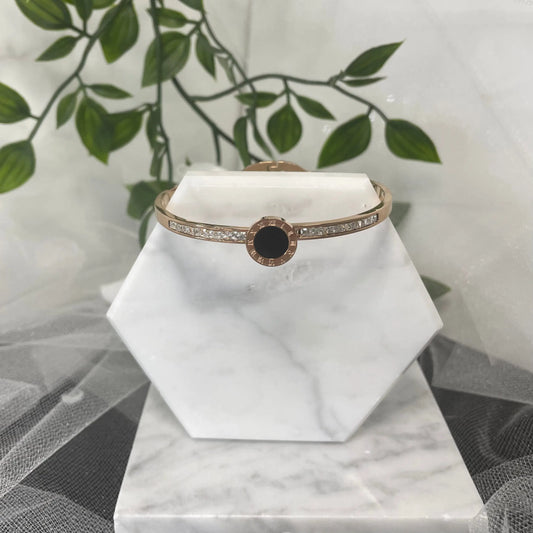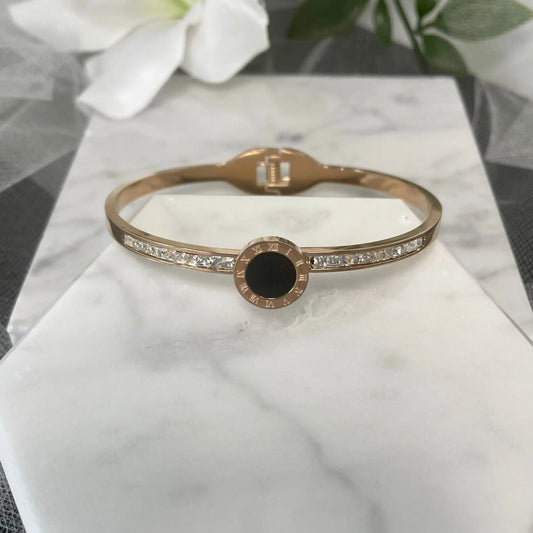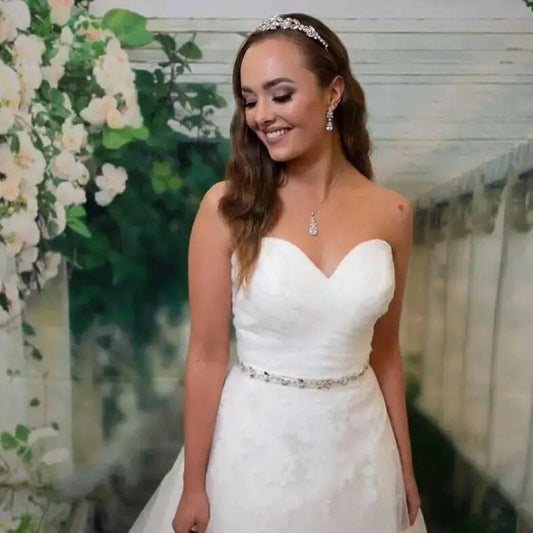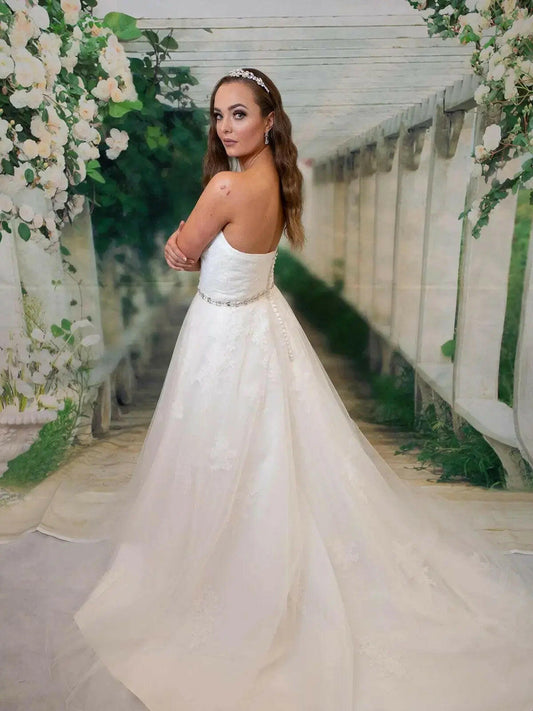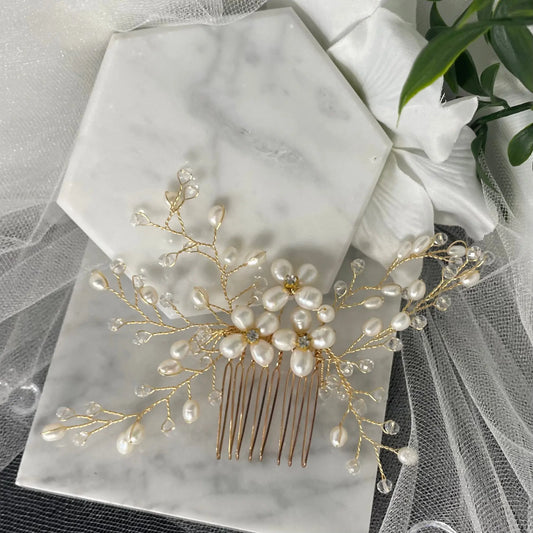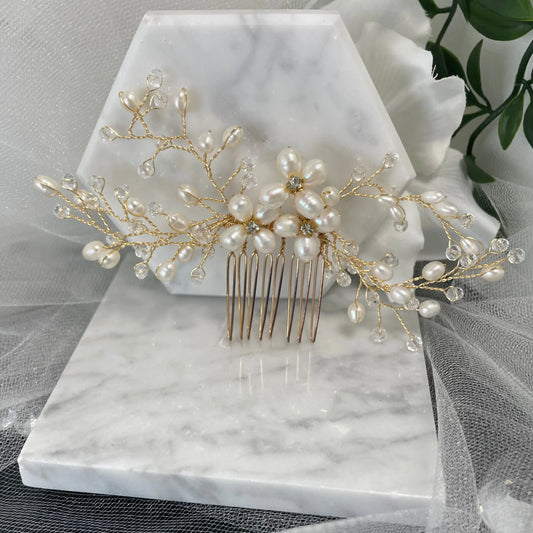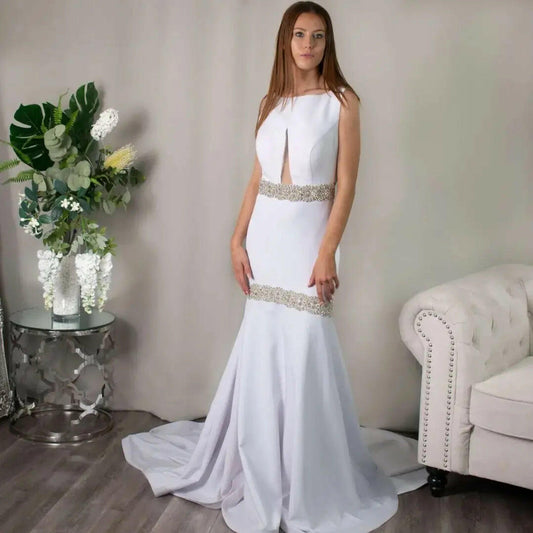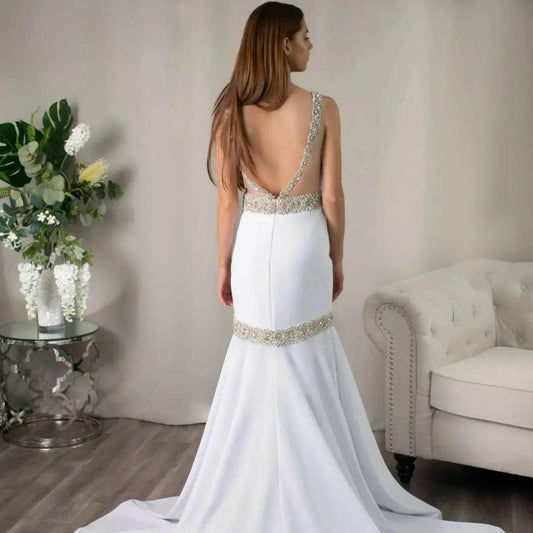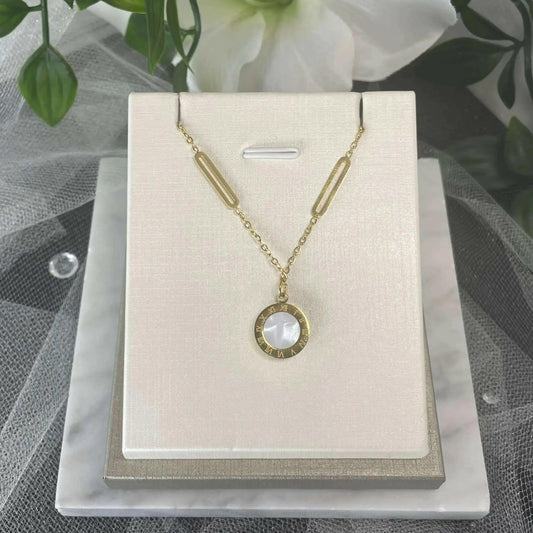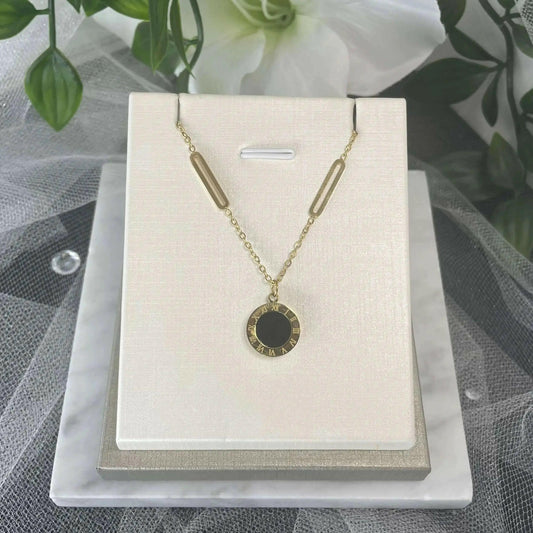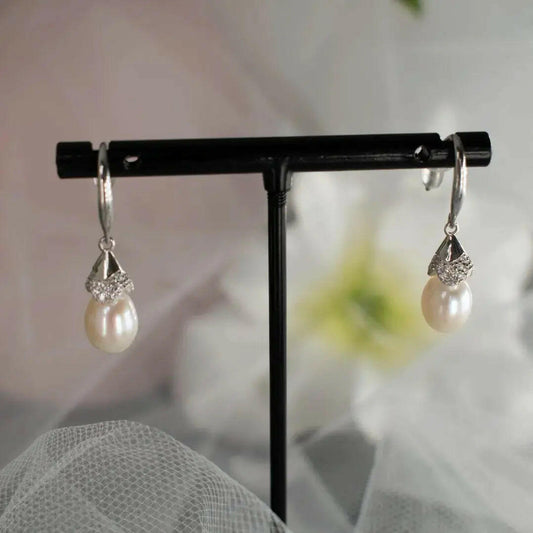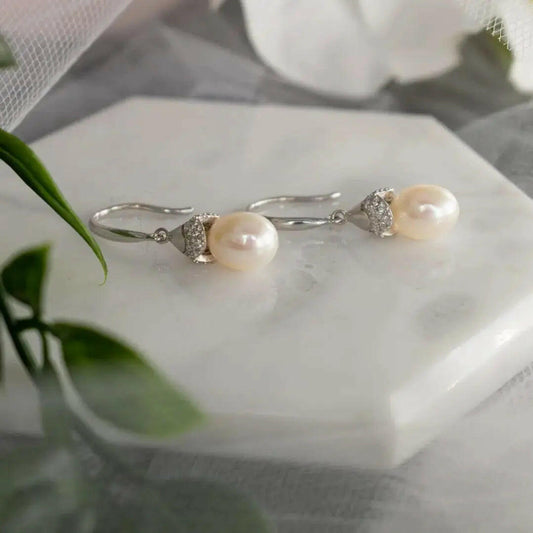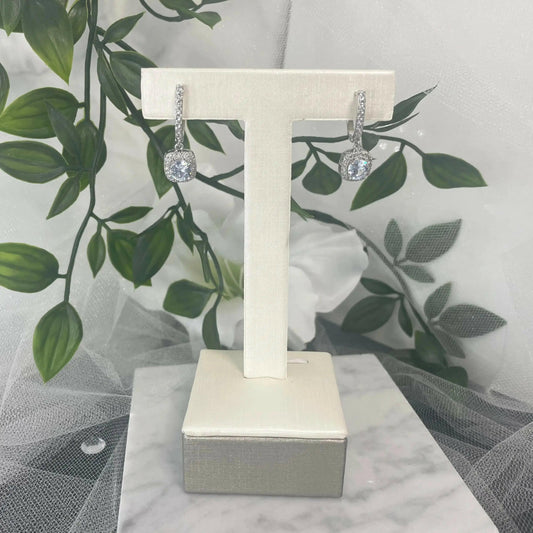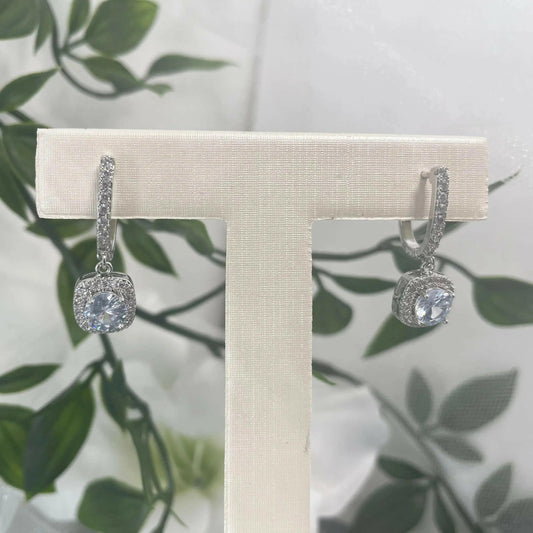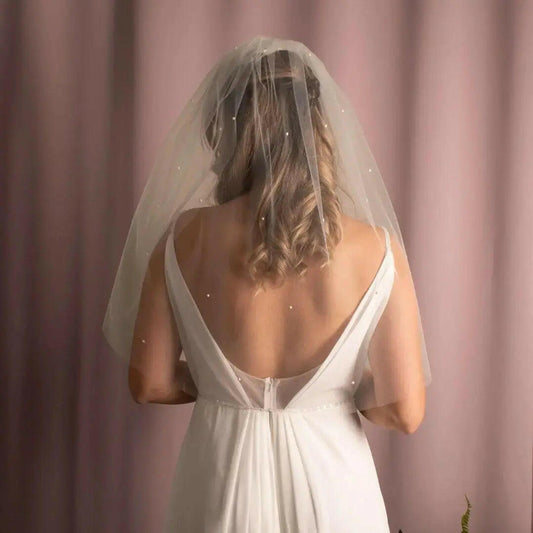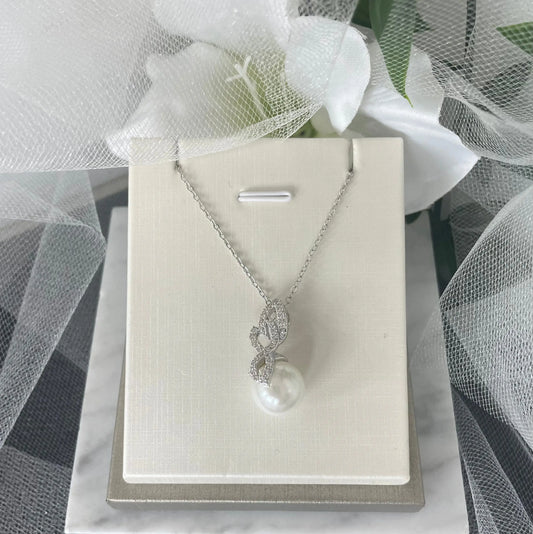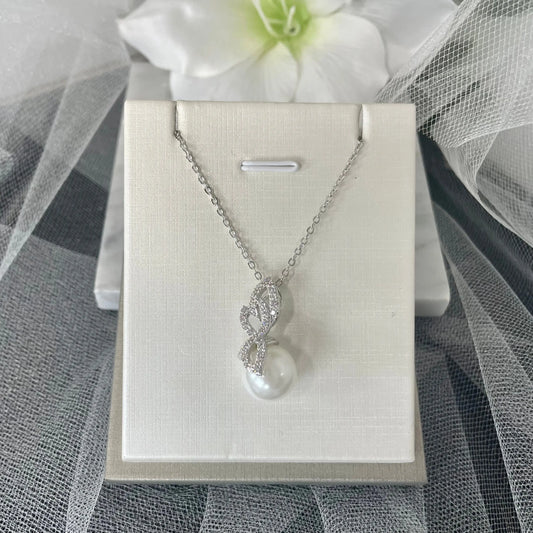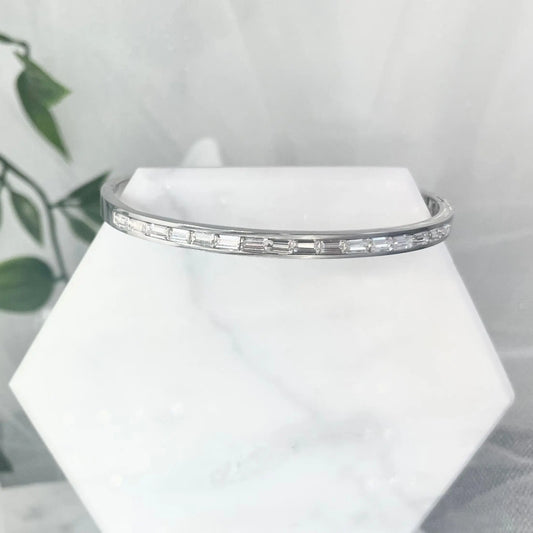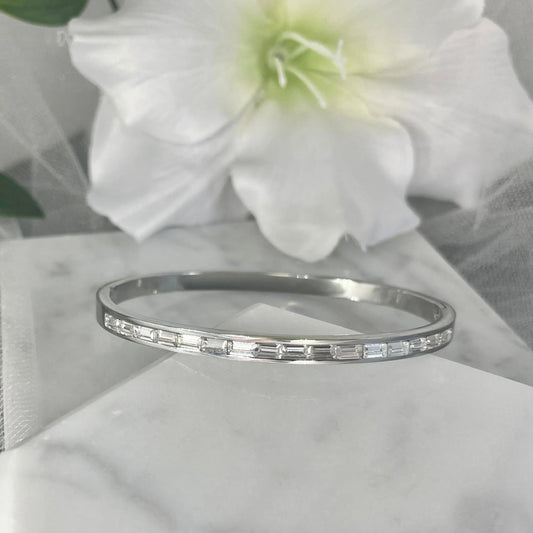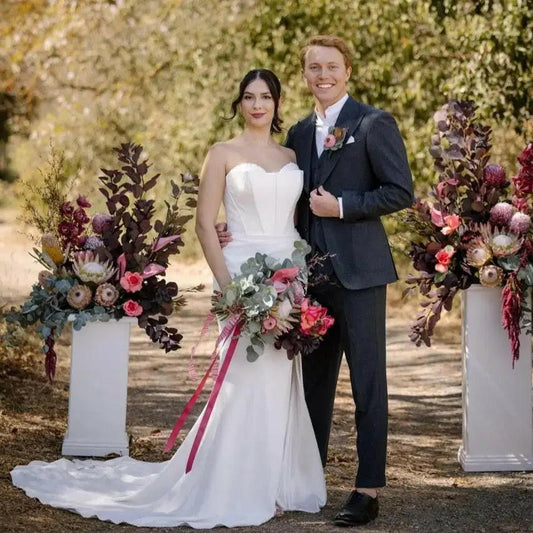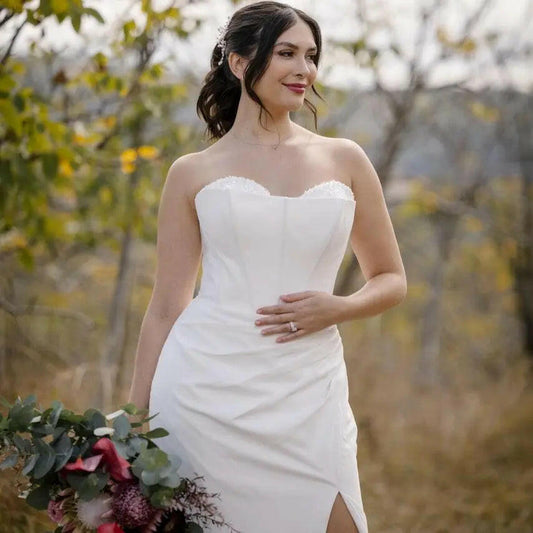Products
Featured
Best selling
Alphabetically, A-Z
Alphabetically, Z-A
Price, low to high
Price, high to low
Date, old to new
Date, new to old
Regular price
$92.00
Sale price
$92.00
Regular price
Unit price
/
Features of the 18k Rose Gold Plated CZ Bracelet Elegance Crafted to Perfection: Introducing our...
Regular price
$2,900.00
Sale price
$2,900.00
Regular price
Unit price
/
Ivory
Custom colour
Adaline Draped Tulle Lace Wedding dress: A Romantic Ballgown for Timeless Elegance Regarding our made-to-order...
Adalynn Pearl Hair Accessories Wedding Comb
No reviews
Regular price
$134.00
Sale price
$134.00
Regular price
Unit price
/
Features of the Adalynn Pearl Hair Accessories Wedding Comb Luxurious Floral Elegance: Elevate your bridal...
Regular price
$575.00
Sale price
$575.00
Regular price
$0.00
Unit price
/
Ivory
Custom colour
Elegant Mermaid Wedding Dress: A Perfect Fit for Your Special Day Regarding our made-to-order elegant...
Regular price
$97.00
Sale price
$97.00
Regular price
Unit price
/
Features of this Statement Adorn Bridal Necklace Roman Elegance Redefined: Introducing the Adorn Bridal Statement...
Regular price
$120.00
Sale price
$120.00
Regular price
Unit price
/
Features of the Adria Sterling Silver & Pearl Earrings Discover the Sophistication of Adria Earrings...
Alana Bridal Crystal Earrings
No reviews
Regular price
$124.00
Sale price
$124.00
Regular price
Unit price
/
Features of the Alana Bridal Crystal Earrings Exquisite Craftsmanship: The Alana Bridal Crystal Earrings from...
Regular price
$160.00
Sale price
$160.00
Regular price
Unit price
/
Ivory
Features of the Alee Scattered Pearl Bridal Veil Contemporary Elegance: Introducing the Alee Scattered Pearl...
Alessia Baroque Freshwater Pearl Earrings
No reviews
Regular price
$79.00
Sale price
$79.00
Regular price
Unit price
/
Alessia Baroque Freshwater Pearl Earrings Bring refined natural beauty to your bridal look with our...
Alicia Bridal Pearl Necklace | Divine Bridal
No reviews
Regular price
$120.00
Sale price
$120.00
Regular price
Unit price
/
Alicia Bridal Pearl Necklace - The Perfect Pearl Necklace for Your Wedding Intricate Beauty the...
Allegra Bridal Bracelet | Divine Bridal
No reviews
Regular price
$121.00
Sale price
$121.00
Regular price
Unit price
/
Silver
Gold
Rose Gold
Features of the Allegra Bridal Bracelet Contemporary Bridal Luxury Introducing the Allegra Bridal Bracelet from...
Regular price
$3,300.00
Sale price
$3,300.00
Regular price
Unit price
/
Ivory
Allure Bridal Dress: Affordable Bridal Styles & Timeless Elegance Regarding our made-to-order Allure bridal dress,...
Sort by
- Featured
- Best selling
- Alphabetically, A-Z
- Alphabetically, Z-A
- Price, low to high
- Price, high to low
- Date, old to new
- Date, new to old

